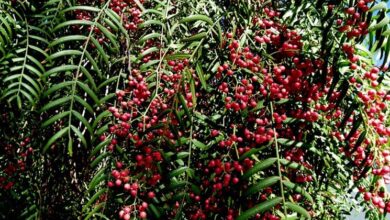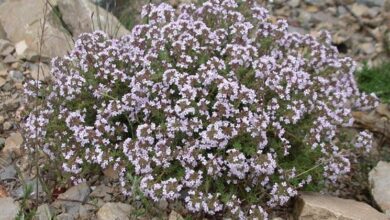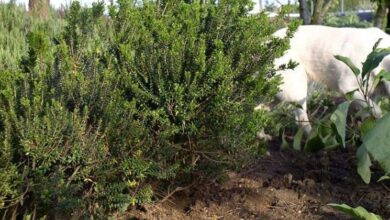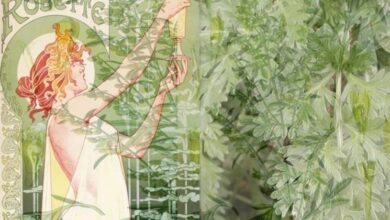Cedrina – Lippia citriodora
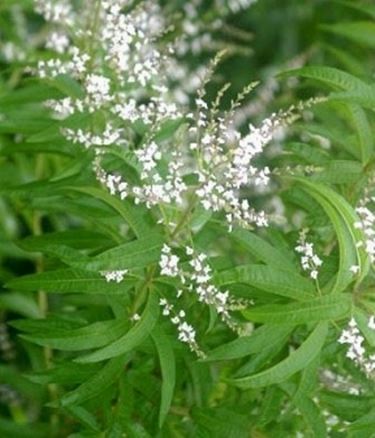
Generality

Climate and terrain
The lemon verbenait prefers warm temperate climates, it needs high temperatures during its development. In environments where the temperature drops below freezing in winter, if placed in the ground, it is advisable to mulch with dry leaves to protect the roots, while if it is grown in pots it should be placed in places protected from the cold. The best exposures are the environments in full sun, better if sheltered from the wind. The luigia grass prefers loose, fresh, deep, fertile, light, well-drained soils with a good content of organic matter, while it avoids compact soils as they are subject to water stagnation. The citrine herb is native to South America, is very widespread in the Mediterranean basin, it grows particularly well near cultivated kernels and abandoned vines,
Propagation
The lemon verbena multiplies by seed, by cutting and by offshoot. Sowing takes place in a protected area with a temperature of 15 ° C, germination takes place three weeks later; once the seedlings have formed they are transplanted into pots, and after two years they are ready for planting in the open ground. The method for cutting consists in taking portions of the stem at the end of spring or in summer and rooting them in shady environments in a substrate of sand and peat, also using powders to favor the emission of the roots; after a year the seedlings are ready to be transplanted. The offshoot consists in covering a branch still attached to the mother plant with earth in order to favor the rooting of the woody part covered by the ground,
Cultivation techniques
The luigia herb is grown in pots and in gardens. The transplant is carried out in March, the distance between the rows is 1-2 m and on the row of 0.6-0.8 m, with a possible density between 6000 and 16000 plants / ha. A lemon verbena cultivation can last more than 15 years. Pruning is limited to eliminating dry or diseased plant parts and thinning out excess vegetation to promote greater air circulation. Fertilization consists in bringing mature manure before transplanting, at the vegetative restart nitrogen, phosphorus and potassium are distributed, while in the months of June, July and August nitrogen must be administered; the production of essential oil is high if sulfur is present in the soil. The summer drought causes the leaves to fall, so in this period the luigia grass must be irrigated, intervening after fertilization in order to make nutrients available for the plant. Cedrina is a plant that is not very susceptible to attacks by parasites, among the fungi there are rust and root rot, which occur in conditions of water stagnation in the soil.

